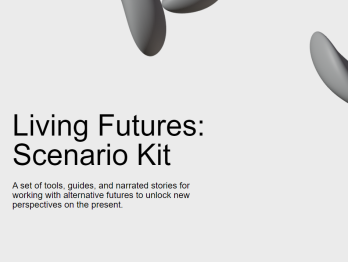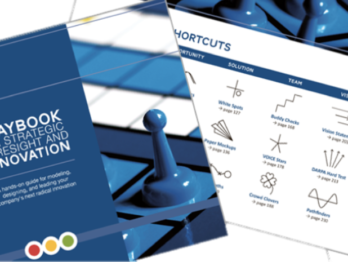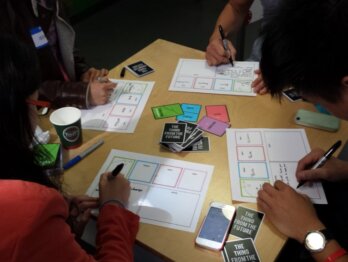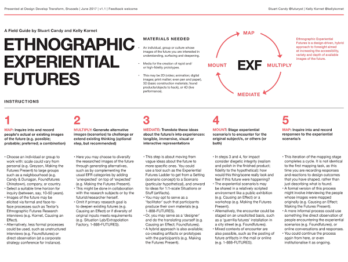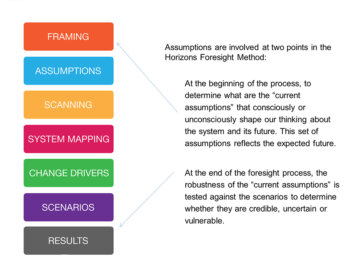How can I engage others (including colleagues or external stakeholders) in anticipatory innovation?

Participation and collaboration are important aspects of almost any successful anticipatory innovation project. Sometimes, however, it can be difficult to navigate exactly who, when and how.
If you’re looking to involve external stakeholders, the first thing you want to do is to start by defining the general problem area you’re looking at, in order to then identify the various stakeholders impacted by it. This can be a process in and of itself where you might involve more people as you go along. Generally, it often makes sense to start small and then grow the circle as you get the ball rolling.
There are many ways to involve others, and some of the cases and tools referenced in AIR suggest different approaches. This can be related to timing and where you are in the process: Sometimes you want to open up and take in the diverse perspectives of larger circles through dialogue and deliberation — at other times you might be better off building a smaller, more dedicated and close-knit team to follow particular radical innovation ideas. Often, the best solution is a mix. Whoever you want to engage or however you plan on doing it, when you do involve others you should always be aware and transparent as to why. Are you mapping the problem space together, are you exploring possible futures, are you looking for creative partners, are you co-creating interventions or are you validating ideas?
When you do involve others (e.g. in a workshop) think about how to make it accessible for your participants — especially if some people are only hearing about it for the first time. One good way of doing that is by giving participants tools to help them in their discussions like design tools, guiding questions, or “boundary objects” — artefacts or information that participants can use as a shared point of reference in their sense-making. A boundary object can be anything from a table of numbers to more advanced design objects that can be interpreted by the group. Using such objects rather than simply giving people stuff to read beforehand can help open up the conversation to more people and facilitate a smoother exchange. For more on this see “How can I make my anticipation work more engaging and immersive?”.
For complex, systems-level issues, stakeholder involvement is even more critical. Some even argue that such “wicked problems” should be addressed through stakeholder-led (rather than expert-led) processes.






